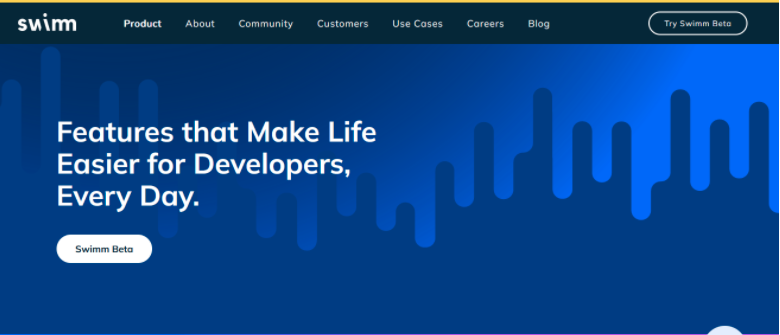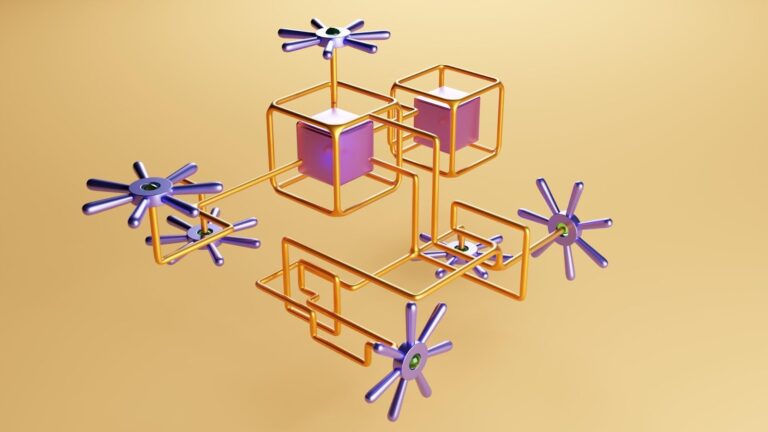Introduction
Companies use documentation to track missed deadlines and resources associated with those deadlines, to share knowledge of codes, APIs, and other onboarding materials with other businesses. This documentation should be updated regularly because a few things invariably change when someone is working on something. It is necessary to keep the documentation updated to maintain continuous documentation.
As the name implies, continuous documentation is a component of the Agile strategy in which changes occur throughout the process rather than at the end.
If the entire organization is represented on a single Agile board, it is much easier to track the people and resources while working under strict deadlines, thanks to the use of continuous documentation. Every firm has its own set of procedures, and it is extremely useful for new employees to be able to track and learn about the procedures as soon as they begin working for the company.
What Is Continuous Documentation?
Documentation is a step-by-step technique reference for anything—utilizing a tool, developing a program, or debugging a program—that assists another user in understanding the procedure.
Continuous documentation is the process of making continuous updates to previously created documents whenever a change is made in the process or the tool. It is necessary to update these documents so that other users know what has been updated and what steps are required to complete the task.
As members of a team, we are constantly making modifications, deploying code, and testing it. But, we are not diligent about updating the documentation that goes along with the code. As a result, users are forced to contact a small number of persons, resulting in time being wasted on unnecessary tasks.
It is extremely beneficial for the team when the documentation is updated regularly. While it is tedious and time-consuming, it is extremely beneficial in instances where an experienced employee leaves the company and is replaced by a new employee. The new employee can read the documentation on a topic and pick up from there seamlessly.
How Can We Implement Continuous Documentation?
When it comes to technology, organizations always believe that the Agile technique is superior to the waterfall technique for continuous documentation. However, it is impossible to perform continuous documentation when using the waterfall technique since documentation is handled in the final phases of a project in the waterfall technique.
To implement continuous documentation with the Agile technique, organizations need to take these steps:
Everyone should help with the documentation: If each team member is responsible for making changes to the code or the process, they should devote a small amount of time to updating the documentation in each sprint. This way, changing any document is not a difficult chore.
The team manager must make it clear to every team member that they do not demand perfection from everyone but require at least one critical point from their side to update the document.
That critical moment can be any extra information or discovery about the resource in question.
As a result, different thoughts combine to form a unique and effective paper.
Single point of contact is needed: A company should hire a technical writer to execute continuous documentation. A technical writer is someone who gathers all of the requirements from other teammates and combines them into a single document.
Technical writers are more adept than teammates since they better comprehend the requirements of other team members and devote their attention to them. They can control the document’s version changes. Therefore, this individual should be qualified in terms of technical abilities and writing tools.
Nobody is a silo: In a team, several members work together. When team members participate in frequent weekly meetings, they get to know one another’s work. This helps everyone get a clearer or more comprehensive perspective of the project. To do so, technical writers must first determine which resources have reached a stable state and which require additional attention.
When the entire team comes together to discuss the issue, it eliminates the possibility of dependency and assists technical writers in the creation of documents. The technical writer has the ability to listen to the opinions of other team members, extract valuable suggestions from team discussions, and incorporate them into the documents.
Managing Continuous Documentation with Swimm

Managing and creating documents is an issue for most teams and organizations. For example, if you are managing the documentation of a code or tool, you need to update it regularly. But if an outdated document is slowing you down, you can use Swimm. They currently offer a free beta version of their product where developers can easily create the walkthroughs, tutorials, etc., directly from the codebase.
Swimm has a Snippet Studio that enables you to highlight specific code areas and add comments to explain logical flaws or variables. Once you create the documentation, it is essential to keep it updated. For this, Swimm has an auto-sync algorithm that automatically suggests changes to your documentation as you modify the code or tutorials. So, Swimm becomes a one-stop solution for managing continuous documentation.
Swimm’s servers never receive your code or tutorials. Access to the original repository is not required for using Swimm as it saves everything as .swm files, which are then saved in your repository. This content can only be accessed by people who have permission to access your repository. This makes Swimm more secure to use.
Conclusion
Implementing continuous documentation is an excellent idea since it has numerous advantages. It does not rely on a single user, and any team member can read the document and begin working immediately. However, it is only effective if the document is updated regularly. If this is not done, it becomes a hassle for the team members.
It also raises the cost of a project if the organization has to pay a technical writer for the project’s completion. So, having a product like Swimm to track the documentation is a major benefit.



